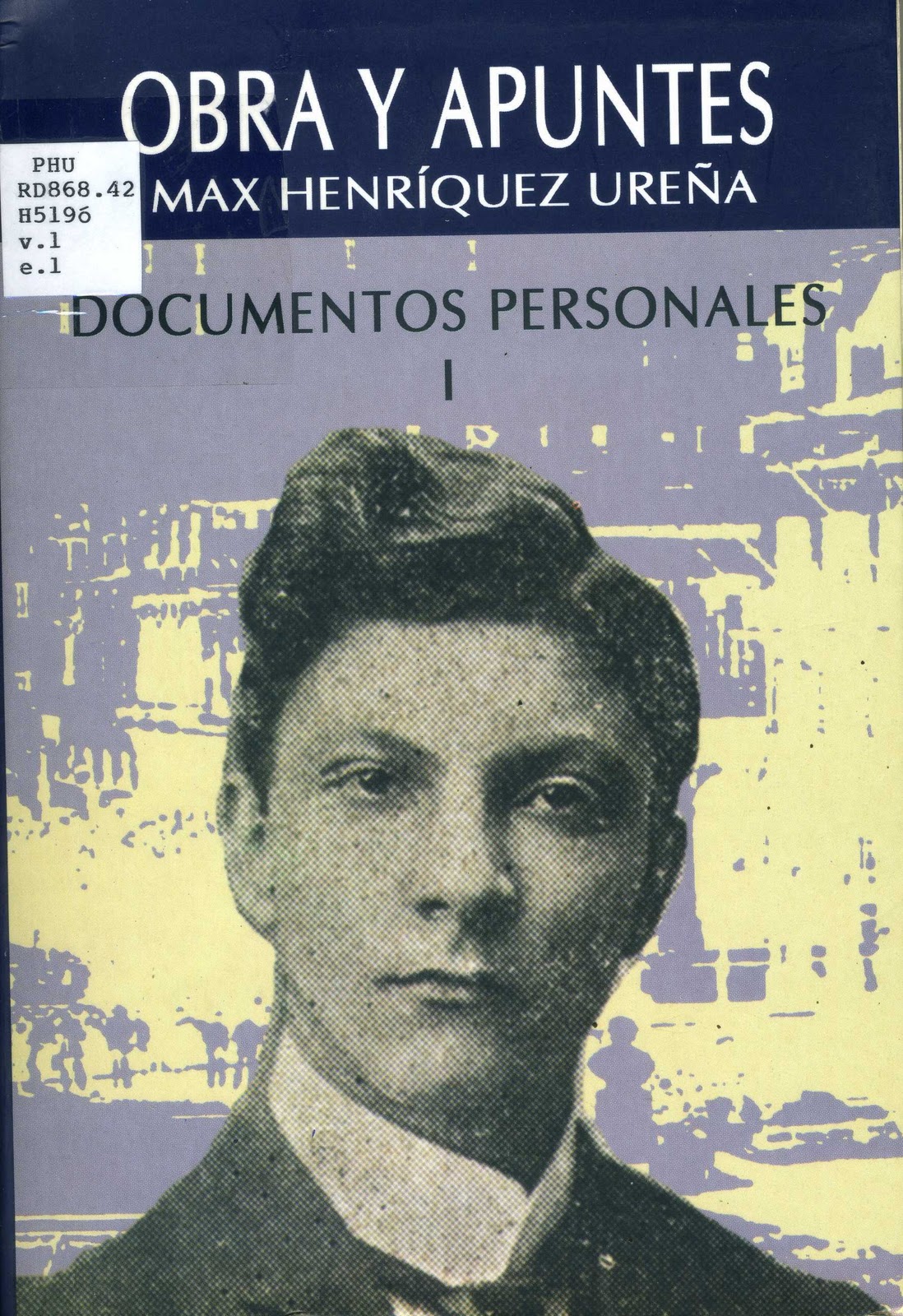4.4.5 The essay and oratorical work of Max Henríquez Ureña (1885 – 1968)

Max Henríquez Ureña, although of Dominican origin, lived for a long time in Cuba, specifically in Santiago de Cuba, where he participated in our cultural life not only by inserting himself in social, educational and cultural diffusion spaces, but also because he addressed the topics of our literary identity and influenced many later essayists with his studies, thus giving rise to a process of reciprocal influence between his work and the literature and cultural life of the Island.
On July 8, 1922, he delivered his speech, “Soul and Youth,” significant in its timing, as, although from an eastern perspective, it is associated with the awakening of national consciousness that was taking place during the decade, dubbed by scholars as the “critical decade.” Anti-imperialism is emphasized, stemming from the unveiling of certain pages of American history and the true purpose of his administration’s intervention in the Cuban War against Spain in 1898.
In other speeches, he also recalls the historical memory of our independence struggles, the heroes who forged the nation, and how it should be made up of all its people, renewed by the great collective values. As in “Soul and Youth,” his confidence in youth in breaking through the political and social obstacles, with a certain romantic impetus, is evident in most of his other speeches.
He also gave several lectures on artistic and specifically literary topics, with a “transdisciplinary” vision of art, so to speak, evident in the very title “Three Poets of Music: Schuman, Chopin and Greg.”
Among his notable literary studies are those published in 1918, “Rodó” and “Rubén Darío”, in which he addresses the lyrical trajectories of these figures of modernism and at the same time the current and its implications for Latin America. In both, a certain confusion can be seen between a positivist foundation and the impressionist brushstrokes that perhaps elude him due to his high creative condition.
The Dominican also devoted himself to writing a book dedicated to the history of Cuban literature, and his 1918 lecture, “The Decline of Literary Dogmatism,” connects to some extent with the innovative efforts of Regino Eladio Boti and José Manuel Poveda. Although the full rigor of his exposition regarding the delimitations of literary schools is not fully evident, it does hint at the expansion of the horizons of our national creations. His texts were published in “La Lucha,” “La Discusión,” and “Cuba Contemporánea.”








